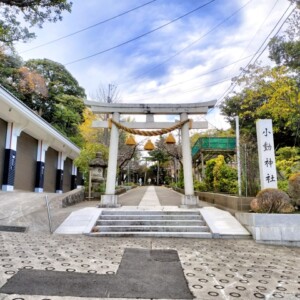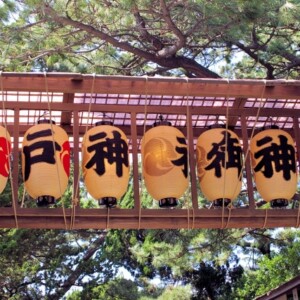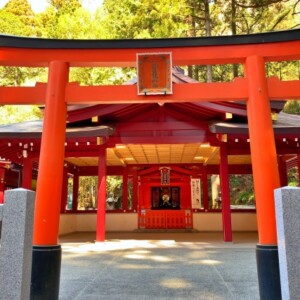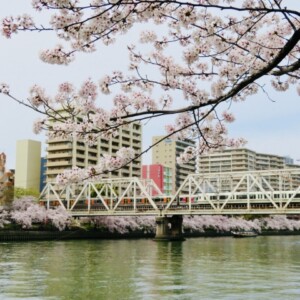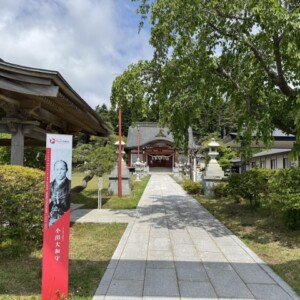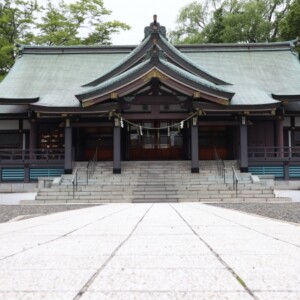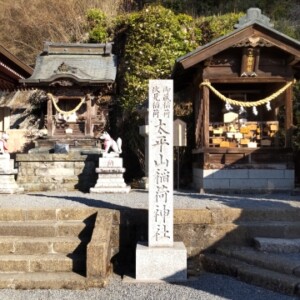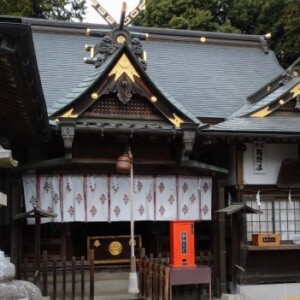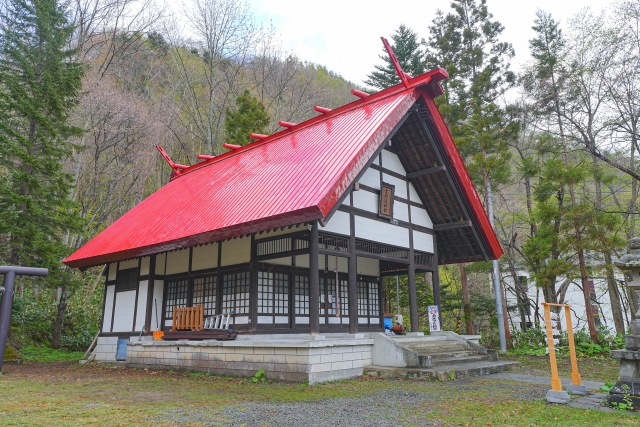
Jozankei Jinja|Complete guide to the history, highlights, and worship information of the historic shrine that watches over the hot spring resort area
Jozankei Shrine is quietly located on a hill overlooking the Jozankei Hot Spring Resort in Minami Ward, Sapporo. Since its construction in 1905, Jozankei Shrine has been a part of the development of Jozankei Onsen, and is loved by local people as the guardian deity of the hot spring resort. Many visitors come to the shrine in between sightseeing tours of the hot springs, and it is a popular healing space surrounded by beautiful nature throughout the four seasons.
Jozankei Shrine Overview and Basic Information
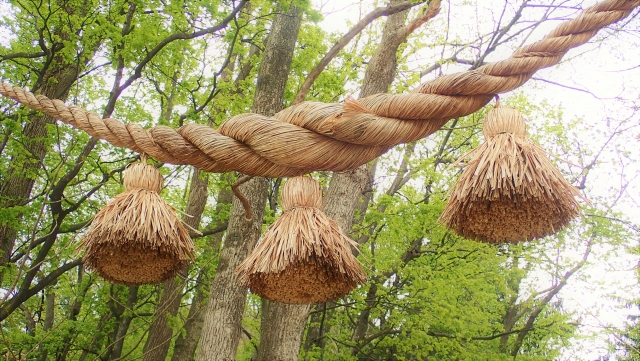
Jozankei Shrine has developed in close association with the history of Jozankei Onsen, Hokkaido’s representative hot spring resort. Located on a green hill on the east side of the hot spring resort, it forms a sacred space in harmony with the natural beauty of Jozankei. Although the shrine is now unmanned, it continues to function as a center of local faith, with the priests of Miyoshi Shrine in Chuo Ward, Sapporo, serving concurrently as the performers of the shrine’s rituals.
History and Origin
There are various theories about the founding of Jozankei Shrine, but the most popular theory is that it was built by seven settlers in 1905. The shrine was born out of a strong will to protect the uninhabited therapeutic baths opened by Bisen Jozan, the developer of Jozankei Onsen, and to devote oneself to the development of the Jozankei area.
Initially, the shrine was dedicated to Amaterasu, but in 1918, it was reconstructed into a wooden Shinmei-style main shrine, and the current five deities were enshrined. In 1950, Bisen Jozan, who built the foundation of Jozankei Onsen, was enshrined as Bisen Jozan no Mikoto, establishing the current six-pillar system. With this enshrinement, Jozankei Shrine has become more than just a local shrine, but an entity that embodies the history of Jozankei Onsen itself.
Deities and Benefits
Jozankei Shrine enshrines six deities, each of which is believed to bring different benefits. The main deity, Ohonamuchi no Kami, is known as the god of marriage and family safety, while Sukuna-Hikona no Kami is known as the god of healing and medicine.
Oyamazumi-no-mikami is the god of the mountains and is believed to pray for safety, Kanayamahiko-no-mikami is the god of mining and financial fortune, and Mizuhame-no-kami is the goddess of water and presides over the blessings of hot springs. Bisen Jozan-no-Mikoto, as the benefactor of Jozankei development, watches over the development of the region and the safety of tourism. These deities attract many worshippers seeking a wide range of blessings, including domestic safety, marriage, healing from illness, prosperous business, and travel safety.
Jozankei Shrine Highlights and Features
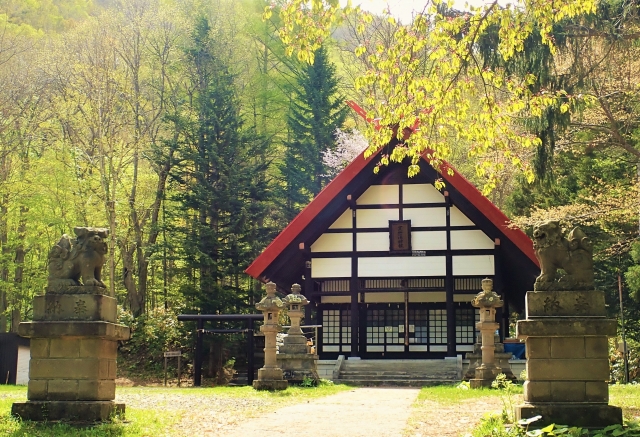
Jozankei Shrine is a shrine with a unique charm that makes the most of its location in the hot spring resort area. The view from the hill, the natural beauty of the four seasons, and the historical architecture are in harmony, leaving a deep impression on visitors. As a shrine located in a particularly touristy area, it is a valuable place to enjoy both worship and sightseeing.
Attractions of the Shinmei-zukuri main shrine and shrine grounds
The main hall of Jozankei Shrine is a wooden Shinmei-style building, reconstructed in 1918, with a simple but prestigious appearance. Shinmei-zukuri is an ancient Japanese architectural style represented by the Ise Jingu shrine, characterized by its linear and simple beauty. Built to blend in with the natural environment of Jozankei, the main shrine also has a friendly, hut-like appearance.
Two sets of charming komainu (guardian dogs) are placed in the precincts of the shrine, and their distinctive curly-haired appearance soothes the hearts of worshippers. In addition, a monument to the Horse-headed Kannon (Goddess of Mercy) stands at the back of the temple grounds, a remnant of the pioneer days. The company name monument in front of the torii gate is inscribed with “Commemoration of the Emperor and Empress’s Visit to Hokkaido,” and has historical value as a memorial to the Emperor Showa’s visit to Hokkaido. Furthermore, the back of the temple grounds is also used as a trailhead for the Yuhitodake trail, and is a popular place for climbers to pray for safety.
Seasonal Natural Beauty
One of the most attractive features of Jozankei Shrine is the beautiful natural scenery that can be enjoyed throughout the four seasons. In spring, the lovely flowers of the Ezo spirea bloom alongside the approach to the shrine, and visitors can enjoy the beauty of Hokkaido’s typical wildflowers. Ezo engosaku is a plant native to Hokkaido that blooms with small, light-purple flowers, and is popularly known as the flower that heralds the arrival of spring as the snow melts.
In autumn, the entire grounds of the temple are covered in autumn leaves, attracting many tourists as one of the best spots in the Jozankei hot spring resort area. The maple trees and maples turn vivid reds and yellows, making the sacred precincts even more beautiful. In winter, the snow-covered precincts create a fantastic atmosphere, especially during the Snow Lantern Festival.
Spectacular view of the hot spring resort
Jozankei Shrine is located on a hill overlooking the hot spring resort area, offering a panoramic view of the entire Jozankei hot spring resort from the shrine grounds. The view of the hot spring town spreading out along the Toyohira River and the beautiful mountains surrounding it is truly a spectacular sight. Especially during the fall foliage season, you can enjoy the colorful scenery of the hot spring town and the surrounding mountains woven together.
The view is also a popular photo spot, with many tourists taking commemorative photos. The night view of the hot spring resort from the tranquil precincts is also beautiful, making it a scenic spot worth visiting day or night.
Guide to Worship and Visiting the Shrine
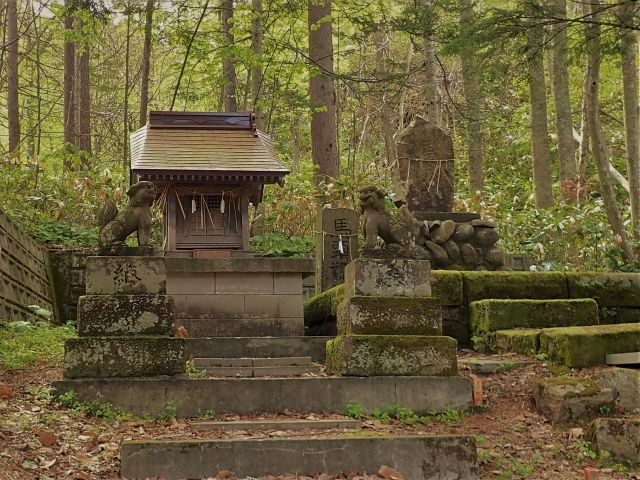
At Jozankei Shrine, you can worship according to the general manners of shrine visitation. Although the shrine is uninhabited, it is important to visit the shrine with appropriate manners as it is a sacred place. As a shrine located in a tourist area, it is visited by many tourists as well as locals, so please enjoy visiting the shrine while being considerate of each other.
Worship Etiquette and Manners
The following is the procedure for worshipping at Jozankei Shrine. First, bow before passing through the torii gate to show respect to the gods. The center of the path is considered to be the path of the gods, so it is polite to walk near the edge of the path. If there is a hand- and mouth-cleansing basin, purify your hands and mouth before proceeding to the main shrine building.
In front of the main shrine, quietly insert your money offering before ringing the bell. Then bow deeply twice and clap your hands twice. At this time, silently express your gratitude and wishes. The visit ends with a final bow. In order to maintain a quiet environment in the temple grounds, please refrain from loud conversations and remember to be considerate of other worshippers.
Annual and Seasonal Events
The most important annual events of Jozankei Shrine are the Yoimiya Festival on September 9 and the regular festival on September 10. On the regular festival day, priests from Miyoshi Shrine in Sapporo’s Chuo Ward visit the shrine to perform a solemn ritual. This is the busiest time of the year for the shrine, when local residents and tourists gather.
In winter, a fantastic event called “Yukitouro” is held. This is a well-known winter event in Jozankei Onsen, where snow candles are set up on the shrine grounds to create a beautiful “JOZANKEI NATURE LUMINARIE” light display. The snow-covered precincts of the temple are illuminated with warm light, creating a truly magical beauty. This event is held every year around February and is a highlight of winter sightseeing in Jozankei.
Red Seal and Stamp Information
Jozankei Shrine does not offer red seals, but you can get a commemorative stamp instead. Stamps are available at the Jozankei Tourist Information Center, which is open from 9:00 am to 5:00 pm. The Tourist Information Center is located in the center of the Jozankei Onsen district, so you can stop by while sightseeing in the hot springs.
There is also a stamp at Iwato Kannon in the hot spring resort area, so you can collect multiple stamps to commemorate your visit to Jozankei. Since the commemorative stamps can also be stamped on red seal books, many visitors use them as a record of their shrine tours.
Access and Use Information
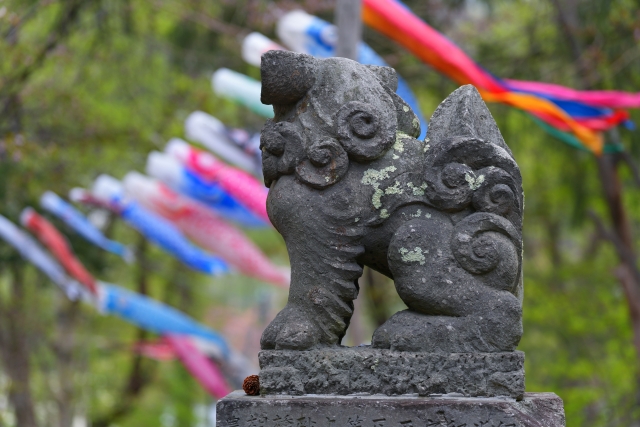
Jozankei Shrine is relatively easily accessible from central Sapporo. Whether using public transportation or a private car, multiple options are available, allowing visitors to choose the best means of transportation for their sightseeing schedule.
Transportation Access
The most convenient way to get to Jozankei Shrine is to take the Jotetsu Bus “Kappa Liner” (reservation required) from Sapporo Station Bus Terminal. Get off at the Jozankei Jinja-mae bus stop and walk about 1 minute to the shrine. The Jotetsu Bus bound for Jozankei Onsen is also available from Sapporo Station, getting off at “Jozankei Jinja-mae” bus stop.
If you use the subway, take the Jotetsu Bus “12 Toyotaki/Jozankei” from Makomanai Station on the Namboku Line and get off at “Jozankei Jinja-mae”. However, this bus passes in front of Jozankei Shrine twice, so it is important to check the destination before boarding. If you drive your own car, it takes about 1 hour from the center of Sapporo via Route 230.
The address of Jozankei Shrine is Jozankei Onsen Higashi 3-chome, Minami-ku, Sapporo, Hokkaido 061-2302.
Hours of Operation, Fees, and Parking Information
Jozankei Shrine is open 24 hours a day, and there is no admission fee. However, since no priests are stationed at the shrine, no gifts are available at the shrine office. The shrine grounds are located in a rich natural environment, and visitors can enjoy particularly beautiful scenery during early morning and evening visits.
There is no parking lot dedicated to the shrine, but the Jozankei Public Parking Lot (capacity for 20 cars) is available. The public parking lot is within walking distance of the shrine and is convenient for visitors who wish to combine their visit with sightseeing in the Jozankei Onsen district. However, public transportation is recommended during the autumn foliage season and the Snow Lantern Festival, when crowds are expected. In winter, snow accumulates in the area, so if visiting by car, winter tires are required.
Refer to the following websites
Jozankei Shrine – Jozankei Tourist Association official website: https://jozankei.jp/spot/181/
Jozankei Shrine – Hokkaido Jinja Agency website: https://hokkaidojinjacho.jp/定山渓神社/



